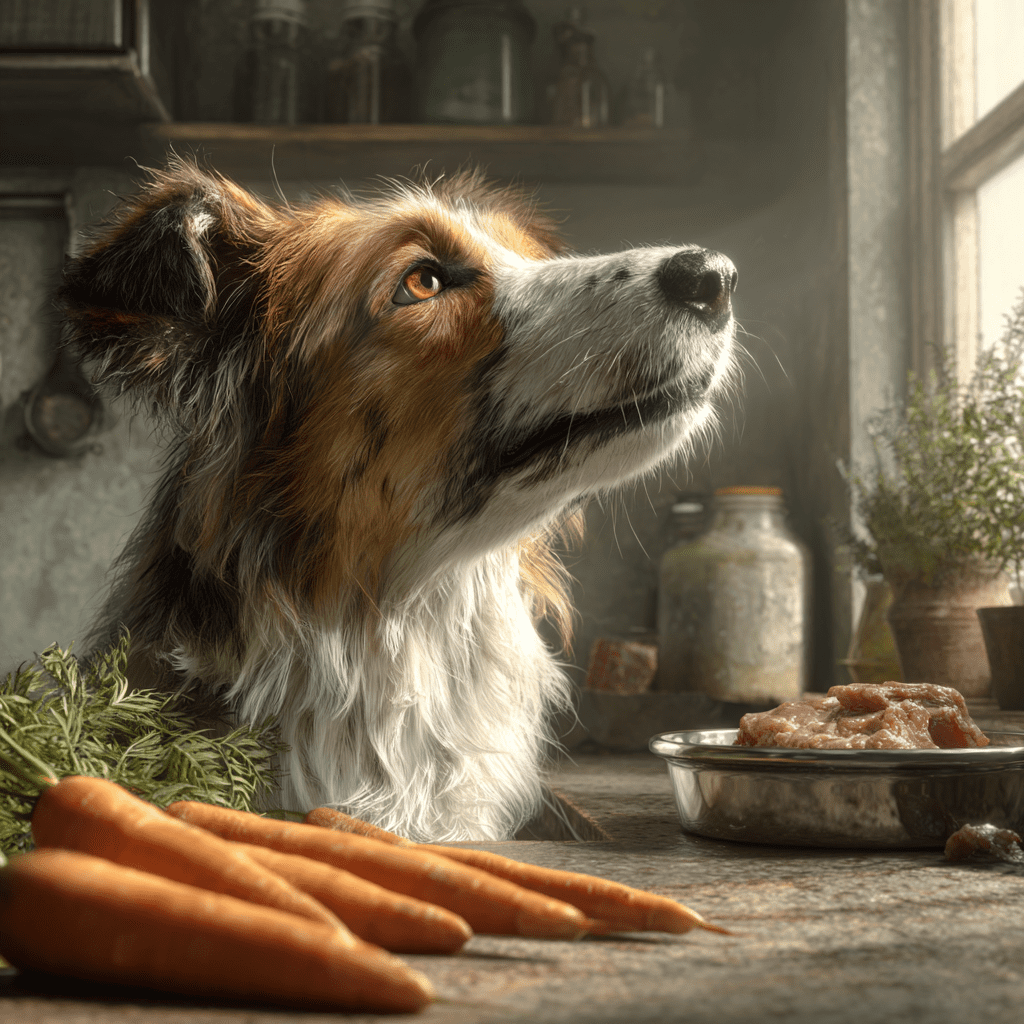As pet owners, we’re always looking for ways to give our dogs the healthiest, happiest life possible. One trend that has gained significant attention in recent years is feeding dogs a raw diet. While proponents argue it mimics what wild dogs eat and may provide various health benefits, critics warn of potential risks, including nutritional imbalances and bacterial contamination. So, is a raw diet truly safe for dogs? Let’s explore the benefits, risks, and practical guidelines to help you make an informed choice.
What is a Raw Diet for Dogs?
A raw diet, sometimes called a BARF diet (Biologically Appropriate Raw Food or Bones and Raw Food), typically includes:
- Raw meat: beef, chicken, turkey, lamb, or fish
- Raw bones: never cooked, as cooked bones can splinter
- Organ meats: liver, kidney, and heart, which are rich in essential nutrients
- Vegetables and fruits: such as carrots, broccoli, spinach, apples, or blueberries
- Supplements: vitamins and minerals to balance the diet
Unlike commercial dog foods, which are processed and cooked, raw diets focus on feeding dogs as close to their natural ancestral diet as possible.
Potential Benefits of a Raw Diet

1. Improved Digestion and Stool Quality
Many dog owners report that raw-fed dogs have firmer stools and better digestion. Raw meat is easier for some dogs to digest than heavily processed kibble, and the natural enzymes present in raw foods can aid digestion.
2. Healthier Skin and Coat
A raw diet rich in omega-3 fatty acids, found in fish and certain meats, can improve skin health, reduce itching, and give your dog a shinier coat.
3. Increased Energy and Vitality
Some owners notice higher energy levels and improved muscle tone in dogs fed a balanced raw diet. Raw diets provide high-quality protein and nutrients in their natural form, which can contribute to overall vitality.
4. Reduced Allergies and Food Sensitivities
For dogs with food allergies or sensitivities, switching to a raw diet that eliminates common fillers, grains, and artificial additives may reduce reactions such as itching, digestive upset, or ear infections.
Risks and Concerns of a Raw Diet
While the benefits are appealing, there are several risks that pet owners must consider:
1. Bacterial Contamination
Raw meat can contain harmful bacteria such as Salmonella and E. coli. These bacteria pose risks not only to dogs but also to humans in the household. Proper handling, storage, and hygiene are essential to reduce contamination.
2. Nutritional Imbalances
Feeding a raw diet without proper planning can lead to deficiencies in calcium, phosphorus, vitamins, and minerals. For instance, too much muscle meat without bones can cause calcium deficiency, while too many bones can lead to excess calcium and kidney problems.
3. Risk of Choking or Tooth Damage
Raw bones can be beneficial for dental health but can also pose a risk of choking or splintering, which may cause internal injury. Never give cooked bones and always supervise your dog.
4. Cost and Convenience
Raw feeding can be more expensive and time-consuming than commercial dog food. It requires careful meal planning, sourcing high-quality ingredients, and consistent refrigeration to ensure safety.
How to Feed a Raw Diet Safely
If you decide to feed your dog a raw diet, follow these safety tips:
1. Consult a Veterinarian
Always discuss dietary changes with a veterinarian or a certified canine nutritionist. They can help you formulate a balanced raw diet tailored to your dog’s age, breed, weight, and health condition.
2. Use High-Quality Ingredients
Select fresh, human-grade meats and organs, preferably from reputable suppliers. Avoid processed meats or products with preservatives.
3. Include a Variety of Foods
Feed a mix of muscle meat, organs, vegetables, and bones to ensure your dog receives all necessary nutrients.
4. Practice Hygiene
Wash hands, utensils, and surfaces thoroughly when preparing raw meals. Store raw food at the correct temperature and avoid cross-contamination.
5. Monitor Your Dog’s Health
Observe your dog’s weight, coat condition, energy levels, and stool quality. Regular veterinary checkups are crucial to detect potential nutrient deficiencies or health issues early.
Alternatives to a Fully Raw Diet
If the idea of a raw diet seems risky or inconvenient, you can still offer raw-inspired nutrition through:
- High-quality commercial raw diets that are freeze-dried or gently cooked to eliminate bacteria
- Homemade meals with lightly cooked meat and vegetables
- Raw meaty bones as treats instead of full meals
These alternatives can provide some benefits of raw feeding without the full risk of bacterial contamination or nutritional imbalance.
Final Thoughts
Feeding a raw diet to your dog can offer benefits such as improved digestion, healthier skin and coat, and reduced allergies. However, it is not without risks, including bacterial contamination, nutritional imbalances, and potential injury from bones.
If you choose a raw diet, careful planning, hygiene, and consultation with a veterinarian are essential. For many pet owners, a balanced commercial diet or partially raw meals may provide a safer, more convenient approach while still supporting your dog’s health and well-being.
Remember: every dog is unique, and what works for one may not work for another. Prioritize safety, balance, and monitoring, and your furry friend can thrive on a diet that fits their needs.
